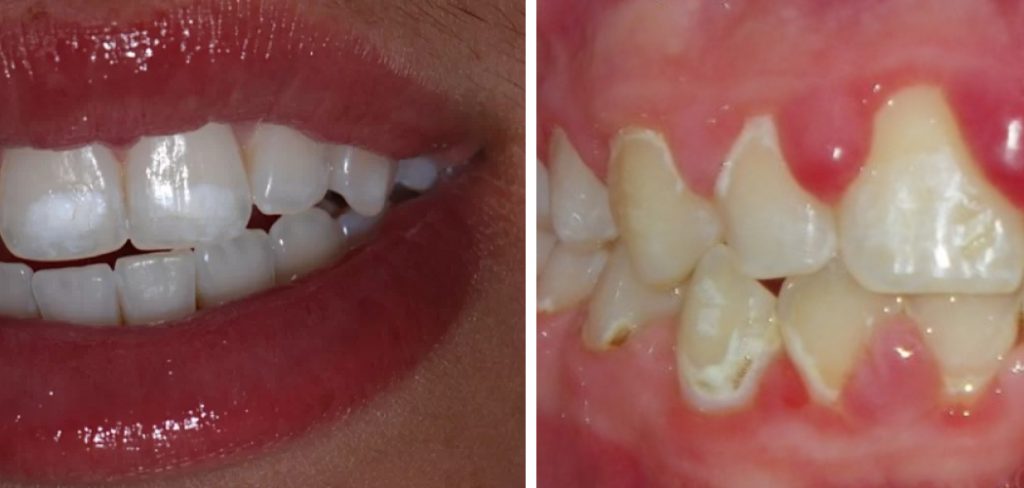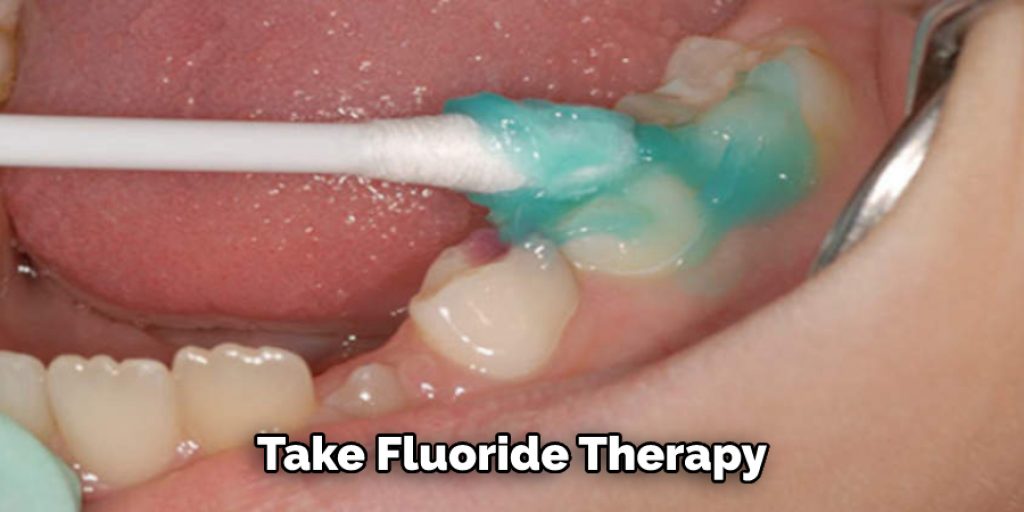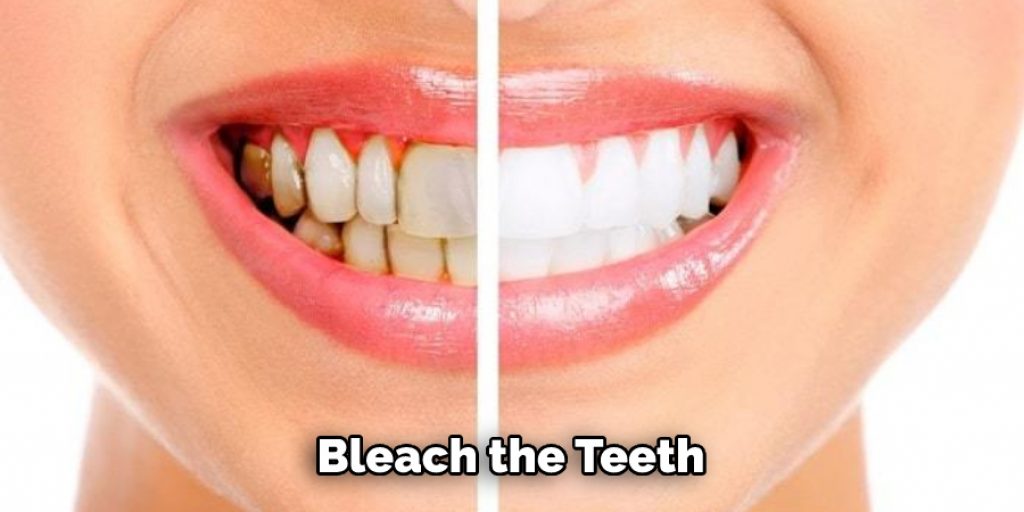Your coffee maker is spitting out water that’s not hot enough, and your tea kettle isn’t producing the desired whistle. You troubleshoot each appliance and find that calcium deposits are blamed for the malfunctions. In this blog post, we’ll discuss how to fix decalcification in appliances—and prevent it from happening again. So pour yourself a fresh cup of coffee (or tea), and let’s get started!
Summary: There are a few things you can do to try to fix decalcification: – Take care of your skin by using moisturizer every day. – Avoid hot showers and baths, which can cause excess water loss from the skin. – Get regular exercise. – Eat a balanced diet that includes plenty of water.

Why Fix Decalcification?
Calcium deposits can cause a variety of malfunctions in appliances, including not producing hot water or tea, decreased performance, and even damage to the appliance. Therefore, it’s important to fix decalcification as soon as it is noticed to prevent these problems from occurring.
How to Fix Decalcification Step by Step Guide
Step 1: Identify Decalcification Issues
Decalcification refers to the process of calcium ions being removed from a surface, often resulting in unsightly white spots or rough textures. This can occur on various surfaces, including teeth, household fixtures, and appliances. The first step in fixing decalcification is to identify where it is occurring and determine the underlying cause.
Step 2: Determine the Cause of Decalcification
There are several factors that can contribute to decalcification, including:
- Acidic substances: Acidic foods, beverages, or cleaning products can cause decalcification by breaking down calcium ions on surfaces.
- Hard water: Hard water contains high levels of calcium and magnesium ions, which can lead to mineral deposits and decalcification.
- Poor oral hygiene: Inadequate brushing and flossing can result in plaque buildup on teeth, leading to decalcification and tooth decay.
Identify the cause of decalcification in your specific situation to tailor your approach to fixing the problem.
Step 3: Fix Decalcification on Teeth
If decalcification is occurring on your teeth, follow these steps to address the issue:
a. Improve oral hygiene: Brush and floss your teeth twice a day, using fluoride toothpaste and a soft-bristle toothbrush. Regular oral care can help prevent plaque buildup and decalcification.
b. Adjust your diet: Limit your intake of acidic foods and beverages, such as citrus fruits, soda, and vinegar. Opt for a diet rich in calcium and vitamin D to support strong teeth and bones.
c. Visit your dentist: Schedule regular dental checkups and cleanings to help prevent and treat decalcification. Your dentist may recommend fluoride treatments or dental sealants to protect your teeth.
d. Consider orthodontic treatment: If decalcification is occurring around orthodontic appliances, such as braces, discuss your concerns with your orthodontist. They may recommend adjustments to your treatment plan or provide additional guidance on maintaining oral health during orthodontic care.
Step 4: Fix Decalcification on Household Fixtures and Appliances
If decalcification is occurring on household fixtures and appliances, follow these steps to address the issue:
a. Use a vinegar solution: Mix equal parts water and white vinegar to create a decalcification cleaning solution. Apply the solution to the affected surface using a cloth or sponge, then rinse thoroughly with water.
b. Use a commercial decalcification product: There are many commercial products available designed to remove calcium deposits and decalcification. Follow the manufacturer’s instructions for use on the affected surfaces.
c. Prevent hard water buildup: Install a water softener or water conditioner in your home to reduce the calcium and magnesium content of your water. This can help prevent mineral deposits and decalcification on fixtures and appliances.
d. Regular maintenance: Clean fixtures and appliances regularly to prevent the buildup of calcium deposits and decalcification.
Step 5: Protect Surfaces from Decalcification
Prevent future decalcification by taking proactive measures to protect surfaces, such as:
a. Seal porous surfaces: Apply a sealant to porous surfaces, like natural stone countertops, to protect them from decalcification and other damage.
b. Use gentle cleaning products: Choose non-acidic, pH-neutral cleaning products to avoid causing decalcification on surfaces.
c. Maintain oral health: Continue practicing good oral hygiene, visiting your dentist regularly, and maintaining a balanced diet to protect your teeth from decalcification.
d. Regularly clean fixtures and appliances: Routinely clean household fixtures and appliances to prevent calcium deposits and decalcification.
Step 6: Consult a Professional
If you are unable to resolve decalcification issues on your own, consult a professional for assistance. A dentist can address decalcification on teeth, while a plumber, appliance technician, or professional cleaner can help with decalcification on household fixtures and appliances.
Step 7: Educate Yourself on Decalcification Prevention
Stay informed about best practices for preventing decalcification, including proper oral hygiene, balanced diets, and effective cleaning techniques for household surfaces. By understanding the causes and contributing factors, you can take proactive measures to prevent future decalcification issues.
Step 8: Monitor and Maintain
Regularly inspect surfaces prone to decalcification, such as teeth, fixtures, and appliances, for any signs of recurring issues. Promptly address any new signs of decalcification to prevent it from worsening and causing further damage.
Step 9: Share Your Knowledge
Share your knowledge and experience with others who may be facing similar decalcification issues. Educating others about proper prevention and repair techniques can help promote healthier teeth and well-maintained households.
Step 10: Adjust Your Approach as Needed
If your initial efforts to fix decalcification are unsuccessful, be prepared to try different approaches or seek professional guidance. Decalcification can be a stubborn issue, and finding the most effective solution may require some trial and error.
By following these steps, you can successfully fix decalcification and prevent future issues. Maintaining a proactive approach to oral hygiene, household cleaning, and water treatment can help protect surfaces from decalcification and prolong their life. If you are unsure about any aspect of the decalcification repair process or need assistance, consult a professional for guidance.
Can You Reverse the Problem of Decalcification?
In many cases, the answer is yes. You can often reverse the damage that has been done by restoring the mineral balance in your body. This can be done by combining diet, supplements, and lifestyle changes.
If you are experiencing the symptoms of decalcification, it’s important to see a doctor right away. Early diagnosis and treatment are key to reversing the damage that has been done. In some cases, it may be necessary to undergo surgery or other treatments to restore the mineral balance in your body.
Fluoride Therapy
Fluoride therapy is a common treatment for decalcification. This treatment involves exposing the affected areas to a fluoridated solution. This can help restore the mineral balance in your body and reverse the damage that has been done.

If you are undergoing fluoride therapy, it’s important to follow your doctor’s instructions carefully. Make sure to drink plenty of fluids and keep up with your treatments. In most cases, you will see results within a few weeks or months.
Microabrasion
One of the most common methods for how to fix decalcification is microabrasion. This involves using a small brush to scrub the teeth and remove calcium build-up. It can be a relatively painless process, but it is important to make sure that you are using a soft-bristled brush and gentle when scrubbing.
Before: You’ve noticed that your teeth have been looking a little more yellow than usual. You’re not sure what it is, but you don’t like the way it looks.
After: After using Crest Whitestrips Professional Effects for just one week, you notice that your teeth are visibly whiter, and your yellow stains are gone!
Bridge: Crest Whitestrips removes ten years of yellow stains in just one week without harsh chemicals or toothpaste!
Composite Bonding
Composite bonding is a procedure that is used to repair and restore teeth. The composite material is bonded to the tooth to strengthen it and to improve its appearance of the tooth. In addition, the composite material can fill in cavities, repair chips or cracks, and replace old dental fillings.
Bleaching
There are various ways how to bleach your teeth. You can either go for an over-the-counter bleaching kit or have it done by your dentist. One of the most common methods is to use hydrogen peroxide as the bleaching agent. However, this method can be harsh on your teeth and gum tissue, so it is not recommended for people with sensitive teeth and gums.

Another option is to use carbamide peroxide as the bleaching agent. This is a less harsh bleaching agent that is available over the counter. It comes in different concentrations to choose one suited to your needs.
Veneers
If bleaching your teeth does not give you the results you are looking for, you might want to consider getting veneers. Veneers are thin shells of porcelain that are bonded to the front of your teeth. They can be used to correct various dental problems, including discoloration, crooked teeth, and gaps between your teeth.
There are two types of veneers: composite and porcelain. Composite veneers are made from a tooth-colored composite material. Porcelain veneers are made from dental porcelain, a type of ceramic. Porcelain veneers are the most popular type of veneer.
Implants
If you are unhappy with the appearance of your teeth and bleaching and veneers do not give you the results that you are looking for, you might want to consider getting dental implants. Dental implants are artificial teeth that are inserted into your jawbone. They can be used to replace a single missing tooth or to secure a bridge or denture. Dental implants are made of titanium, which is biocompatible, meaning that it is not harmful to your body.
One downside of dental implants is that they can be expensive. Another downside is that they require surgery, and there is always a risk of complications such as infection. However, the benefits of dental implants far outweigh the risks. Dental implants look natural, and they are very durable. They can last for many years, provided that you take good care of them. Keep reading for more information about how to fix decalcification.
You Can Check It Out To Fix Peg Lateral Teeth
Frequently Asked Question
What Can You Do To Prevent The Condition?
There are a few things that you can do to prevent decalcification and keep your teeth healthy. First, make sure that you brush your teeth twice a day and floss regularly. It would help if you also visited your dentist for regular checkups. If you notice any signs of decay or decalcification, please seek treatment immediately.
Can You Reverse Decalcification of Teeth?
There is hope for reversing the decalcification of teeth, but it is important to seek treatment as soon as possible. If you catch the condition early, your dentist may be able to reverse the damage using special treatments or procedures. However, if the damage is more severe, you may need a dental restoration procedure.
You Can Check It Out To Fix Broken Dental Post
Can Decalcification Be Removed?
There is hope for reversing the decalcification of teeth, but it is important to seek treatment as soon as possible. If you catch the condition early, your dentist may be able to reverse the damage using special treatments or procedures. However, if the damage is more severe, you may need a dental restoration procedure.
How Do You Get Rid of Decalcification on Your Teeth at Home?
There are a few things that you can do at home to help get rid of decalcification on your teeth. First, make sure that you brush your teeth twice a day and floss regularly. You should also avoid eating or drinking anything high in sugar or acidic. If you notice any signs of decay or decalcification, please seek treatment immediately.
You Can Check It Out to: Fix Decalcification After Braces
Conclusion
If you are struggling with decalcification, we hope that this article has given you some tips on addressing the issue. Please remember that if your decalcification is severe, it is best to consult a professional before attempting any of these methods. We also recommend keeping up with regular maintenance and using a water filter to help reduce the amount of calcium in your water. Thanks for reading! Thanks for reading our post about how to fix decalcification.
